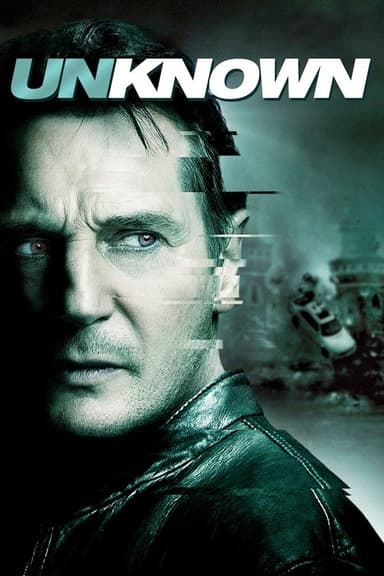
The Danish Girl
2015 • Drama • R
When Gerda Wegener asks her husband Einar to fill in as a portrait model, Einar discovers the person she's meant to be and begins living her life as Lili Elbe. Having realized her true self and with Gerda's love and support, Lili embarks on a groundbreaking journey as a transgender pioneer.
Runtime: 1h 59m
Why you should read the novel
When you choose to read The Danish Girl by David Ebershoff, you immerse yourself in a richly detailed and imaginative exploration of Lili Elbe's life and inner world. The novel delves deeply into the historical, social, and personal complexities of her transition, providing a level of nuance and introspection that a film in two hours cannot fully achieve. Through Ebershoff's lyrical prose, you witness the psychological and emotional journeys of both Lili and those around her, experiencing their confusion, hope, and love on a much more intimate scale.
The book also offers a broader scope, giving you access to the characters' thoughts, backstories, and motivations. It allows subtlety in their relationships that is often reduced or omitted in visual adaptations. The historical context and the challenges of early 20th-century Europe are woven into the narrative, offering readers a chance to better appreciate the courage and complexity of Lili’s journey.
Reading The Danish Girl is not just about following a true story—it's about engaging with the ethical, social, and human questions at the heart of it. The novel's depth and empathy encourage a more thoughtful reflection on identity and love than a movie can convey, making it an essential companion to, or alternative for, the film adaptation.
Adaptation differences
One of the major differences between the adaptation and the novel lies in the portrayal of the key relationships. The film condenses and alters several aspects of Lili and Gerda’s marriage, sometimes simplifying the complexity of their emotional journey for dramatic effect. In the book, Gerda’s struggle with Lili’s transition is explored in deeper layers, revealing more of her own interior conflict and growth.
The movie also tends to emphasize certain events for narrative clarity or emotional impact, sometimes inventing or modifying characters and circumstances. For instance, in the book Lili has multiple romantic and supportive relationships that are either completely omitted or merged into single characters in the film version, changing the story’s landscape and the way audiences interpret Lili’s support system.
Another notable difference is in how Lili’s transition is depicted. The novel provides a more gradual, nuanced process, with internal dialogues and reflections that chart her journey from Einar to Lili over time. The film, due to time constraints, presents a more streamlined transformation, sometimes losing the subtleties present in the source material and focusing on key dramatic moments instead.
Finally, the tone and style of narration differ significantly. While the film relies on visuals and performances to convey emotion and atmosphere, the novel wields descriptive language and internal monologue, allowing for more introspective and detailed storytelling. This shift means certain themes—such as artistry, longing, and the negotiation of identity—are handled differently, making each medium a distinct experience.
The Danish Girl inspired from
The Danish Girl
by David Ebershoff






